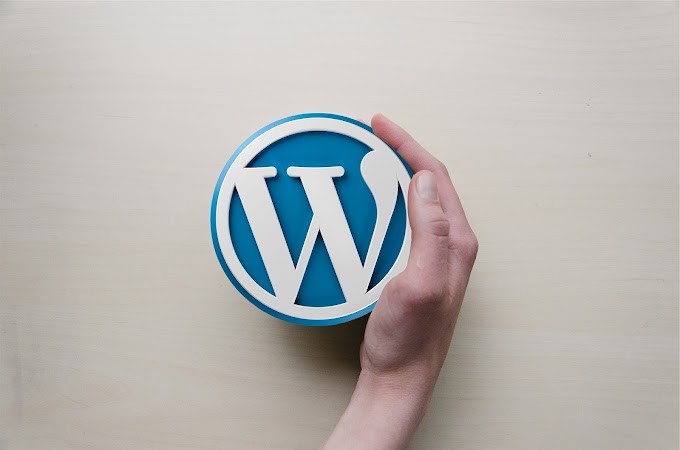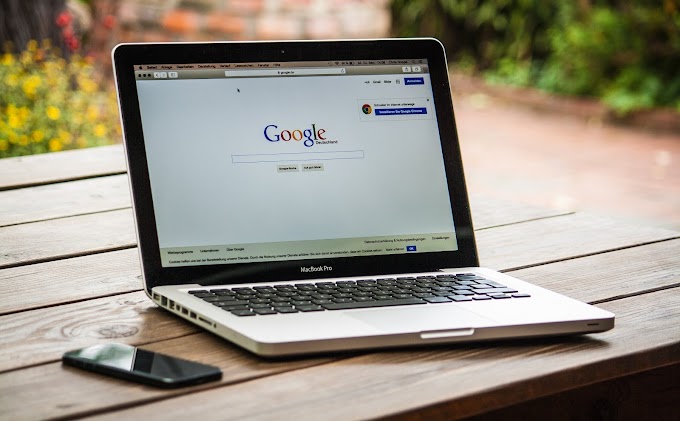Canon Eos 750d Review
 |
| Canon Eos 750d |
Buy Link: Click Here
FEATURES:
• Its feature include is the presentation of another 24.2MP sensor that gives an ISO affectability scope of 100-12800, expandable to ISO 25,600. It receives Canon's most recent DIGIC 6 picture processor that enables it to flame consistently at up to 5fps and profits by an enhanced burst profundity that sees it fit for shooting 940 JPEGs or 8 crude records successively.• Added to this, it includes a 19-point all cross-type self-adjust framework with Hybrid CMOS AF III – a framework that utilizations sensor-based stage recognition focuses to upgrade center speed and precision in Live View and is said to be near the speed of Dual Pixel AF.
• The 750D likewise hopes to enhance upon the 700D's 63-zone SPC metering framework with a 7560-pixel metering sensor. This is connected to the chosen AF focuses in evaluative mode, with incomplete (6% of viewfinder), spot (3.5% of viewfinder) and focus weighted modes all accessible. Underneath the optical viewfinder that uncovers 95% scope of the casing, Canon has selected to utilize the same 3in, 1040k-speck contact touchy Clear View II TFT screen that inspired us on the 700D.
DESIGN AND PERFORMANCE:
• The best plate and back of the 750D is non-undermining and because of the basic, all around the organized format of catches, it'll allow beginners who might not have utilized a DSLR before to lift it up and get acquainted with the taking care of effectively without frightening them away.
• It doesn't have climate fixing or an extremely substantial feel, yet the boards neither squeak nor squeak when the body is grasped firmly. The execution of self-adjust in Live View is commendable. No off-putting self-adjust commotions were followed in video film with the 18-55mm STM unit focal point and the concentration following can keep up to speed with most subjects given they don't move too inconsistently through the casing.
• Wi-fi and NFC works a treat as well, with Canon's Camera Connect application enabling a speedy exchange to cell phones, in addition to it's conceivable to change the AF point position and key settings straight from your cell phone's screen.
IMAGE QUALITY:
• The metering framework exhibited that it's skilled and solid, yet to adjust feature and shadows in-camera, clients may wish to exploit the 750D's Auto Lighting Optimizer or HDR backdrop illumination mode.
• Detail from the 24.2MP sensor is great and the main hints of luminance clamor don't end up evident until ISO 800. Worthy outcomes can be accomplished at ISO 6400 by shooting in Raw and deliberately applying manual commotion decrease in the post, yet ostentatious chroma clamor starts to show up at ISO 12,800 and ISO 25,600.
VERDICT:
• There's a great deal to like about the 750D's straightforward design and controls. There are all that anyone could need pixels on the chip to create prints up to A2 estimate, the self-adjust both all through a live view is quick and responsive and the vari-point touchscreen is totally eminent.
It would settle on an awesome decision for beginners making their first advances into DSLR photography and however there are less expensive Canon DSLR's accessible, they're not as highlight stuffed and are probably not going to serve your necessities also in the long haul.
Possible alternatives:
You might look around and find a myriad of options to choose from. There are Nikon, Sony, Panasonic and Canon options too.
To put it briefly, Canon has superior video quality than Nikon; Sony has controls that I find difficult to get used to and also that they don't have decent cameras in the range I am looking for; the availability of Panasonic cameras in India is bleak; and coming to the Canon alternatives, the 1300D lacks an articulating screen and 70D is over my budget of 50K. This is a quick overview of all the possible alternatives.
With that out of the way, let's see what the camera has to offer.
Sensor and Image Processing:
It's a 24.2MP CMOS image sensor. This provides for a really good image size if you need to crop the picture later on. Since it has 24.2MP, you can easily crop the image to a still stellar quality image if the need be. Apart from that, the megapixel count does not really translate to better quality as is the case with all cameras.
It has a DIGIC 6 image processor which is a very capable processor and one of the newest Canon has to offer. The DIGIC 7 was only recently announced and the difference should be not that substantial. The whole technical specifications can be found on Canon's website, hence I'll leave that for you to check if you are interested.
Photography/Videography Experience:
The photographs can be saved as JPEG, RAW or even both JPEG and RAW simultaneously if you want to have both copies for whatever reason. It includes only one SD/SDHC/SDXC Memory Card Slot which is sufficient for enthusiasts, but professionals may require the extra slot for backup. Also, the battery and memory card have different flaps to cover them so you don't have to open the battery flap to change the memory card and vice versa. Also, since the memory card slot is on the right of the camera, it makes it easy to be replaced if necessary while mounted on a tripod without having to unscrew it from the tripod.
The images are generally good when clicking pictures using the manual mode which provides for an array of options. The ISO options are from 100-12800. The shutter speed is up to 1/4000 sec. And the stock lens performs well for most situations, but you can always get another EF lens later down the line if need be.
Taking videos is a pleasure with the camera. The auto-focus is quite snappy and focuses in on the subject pretty fast. The 19 cross-eyed AF focus points provide for a quick auto-focus both in photos and videos. Though it is not as good as the ones on Sony which have an insane number of AF points, this is no slouch. The freedom to change the camera settings like the ISO, aperture, or the white balance during video recording is a refreshing improvement for anyone coming from a Handycam which has only fixed settings on video mode.
The manual mode is what any beginner should be using to learn how to use the camera better and want to improve their photography/videography skill. It gives absolute freedom and the only limit is one's creativity.
The great camera, however, having some problem talked about underneath
Amazing item on the off chance that you get it for around 45k approx, it has everything thing an amateur needs, including the highlights like touch screen, rotatable LCD board, NFC and each one of those standard highlights, I got it with 18-55mm focal point, which is a zoom focal point, not the best but rather great to begin with, you'll have zoom dissimilar to prime focal points, low light photography isn't great with this focal point, get a 50mm focal point, for brilliant bouquet impacts and fresh lowlight pics, and of course sunshine pics will be magnificent. As these focal points are STM focal points video catch will be great yet better to utilize a tripod.





